Things have been hectic both at home and at work over the last month. The coming week is USC's spring break, which will offer a little bit of breather as I won't be in the field this Friday and won't have regular office hours or meetings with students.
Here's some bullet points about what's been going on and what's coming up.
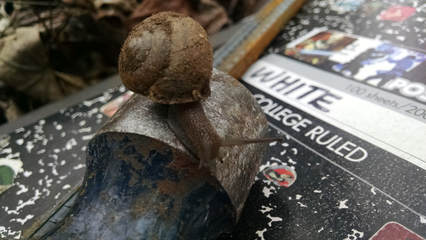
As I think I mentioned in the Week 2 video from field school, I've got a complementary project lined up to do some subsurface reconnaissance (i.e., targeted backhoe excavations) of nearby landforms that are similar to the one we are working on for the field school. At least some of those landforms -- also alluvial -- probably contain archaeological deposits, perhaps of different age ranges than 38FA608. Anyway, the first step is to establish some known points that we can use for mapping our excavations. I've spent a couple of days in the field doing that, one with Eddie Reeps who used his GPS rig to help determine the coordinates of a handful of far-flung points that I set (by sinking rebar).
This work is being funded by an internal USC grant. I realized this seek that I never actually announced it or described it via my blog, so I'll do that sometime in the near future.
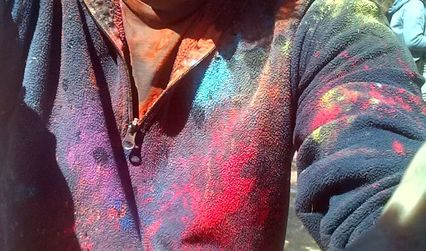
Last weekend, my family and I joined some of our Indian friends (and their Indian friends) to celebrate Holi. This is a holiday that I knew nothing about before the rise of social media. The bright colors make it naturally photogenic.
This was a really interesting experience. Speaking as an "alien" with very little foreknowledge about what to expect, I was struck by both the overall positivity of the atmosphere and the sense that it was a time/place where "normal" cultural rules were put on temporary suspension. There was color (and water) everywhere, much of it applied to your face and body by strangers. It's a strange kind of intimacy, not unlike what I experienced at the fringes of the mosh pit at Against Me!
I wish we could have stayed for the food, but the little kids were on overload/meltdown and a retreat was the best option.
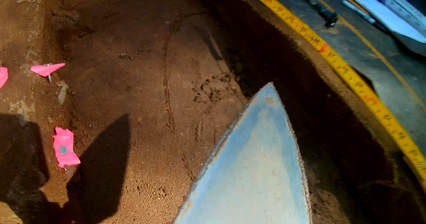
Our ongoing work at the field school site (38FA608) went well. We had another beautiful day with plenty of sun and high temperatures in the low 60's. The crew was smaller than normal.
I had hoped to get two of the Late Archaic features out of the ground, but it was not to be . . . they are going to take the time they're going to take, and that's all there is to it. While Feature 3 (exposed in the machine-cut wall) was completely removed, Feature 11 remains in progress. Both of these features are defined by dark fill contained some carbonized plant remains (including nutshell) and a low density of lithics. Feature 11 is deeper than I anticipated, and the fact that it intrudes into earlier deposits makes i's excavation complicated. I lined our ongoing excavation with landscape fabric and filled it with back dirt to protect it until we return.
I probably won't get the video from Friday done on Monday. I'm not sure, but it may be next Monday before I upload the Week 8 video. We won't be in the field this week because of spring break. Watch for the premiere of "trowel cam."
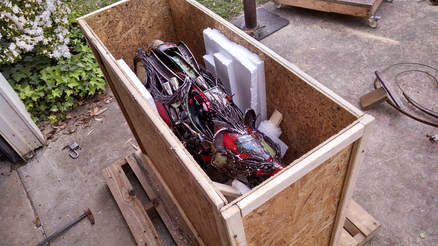
I finished my first officially-commissioned sculpture: a scrap metal javelina named "Harley." It's be a steady weekend project, occupying the large majority of time I've spent in my workshop since late January. I think it turned out great - perhaps one of the best pieces I've made. The "formal" pictures are here on my ZeroPointMechanic website. There will be a video when I get the time to put it together.
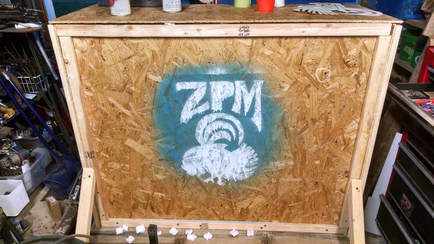
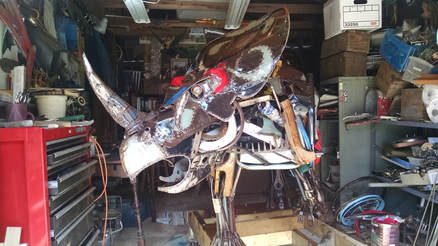
Next week (I think on Tuesday the 20th), I'll finally have to face the challenge of moving "Beauty and Grace" to Lake City, SC, for ArtFields 2018. The piece will be displayed on lawn in front of The Citizens Bank (209 East Main Street). My friend and archaeology colleague Chris Gillam has agreed to help me get the ceratopsians moved and reassembled. I'm not sure what I promised in return, but I'm sure it was something. As it stands now, my plan is to get some segments of heavy-duty PVC to use as rollers when moving the components of the piece over the lawn. Some 2x4's and a crowbar will also come in handy. If it was good enough for ancient Egypt, it will be good enough for me.
I've started prepping both pieces to finally live outside. I cleared space in my workshop yesterday so that I could wheel "Beauty" inside and apply a coat of Penetrol, which will arrest the rusting, bring out colors, and provide a barrier to moisture. It also makes the entire piece shiny, which I'm not a huge fan of. But it's better than all the colors degrading to an even rusty orange. The coating is sticky as it dries for 48 hours, so I had to apply it in a space that I could enclose to prevent the omnipresent March aerosol of pine pollen from becoming a permanent part of the piece. "Grace" will go next.

I will be spending a few days this week on a road trip with my older daughter. We don't know where we're going. We may not know where we're going until after we've already been there. It's tradition.
A 250-mile radius from Columbia includes most of North Carolina and Georgia as well as eastern Tennessee. I had some thoughts about going to Florida to see Cape Canaveral and/or a restaurant with a mermaid show, but that might be too heavy on the driving, too pre-planned, and too expensive. Plus I'm not really impressed with Florida's government right now and not enthusiastic about spending my money there.
If you know of a "good," out-of-the-way destination in Georgia, South Carolina, North Carolina, or Tennessee that I should be aware of, post away. I've driven by the UFO Welcome Center in Bowman, SC, but not yet stopped (it looks like it has been trashed). I went out of my way on my last swing through North Carolina to visit the Andre the Giant museum, only to find it closed. I'll probably try to avoid the Myrtle Beach area.
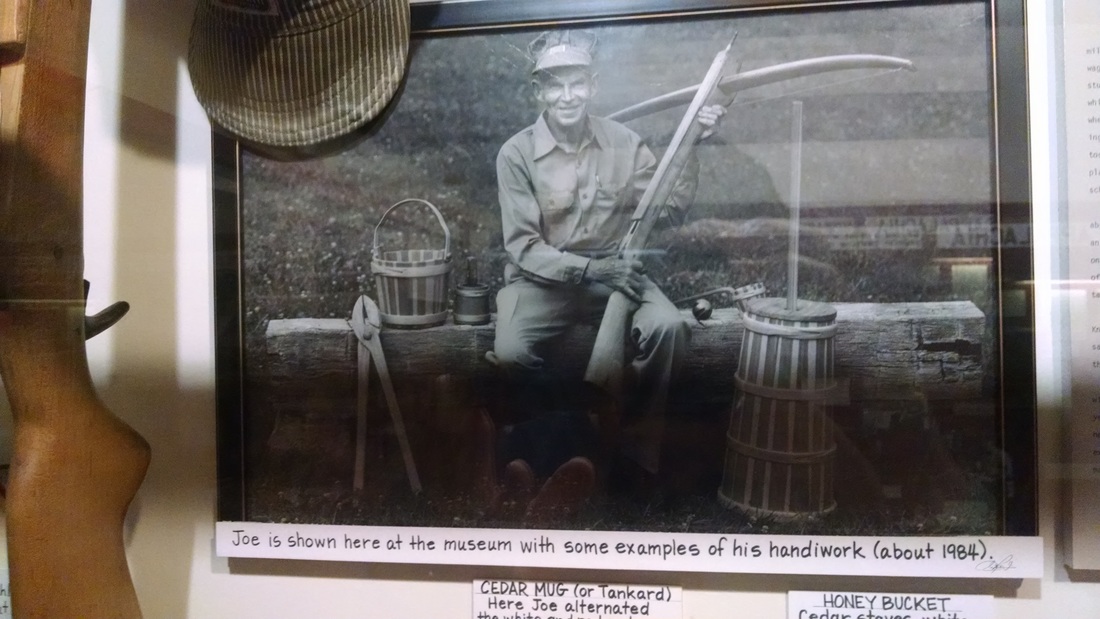

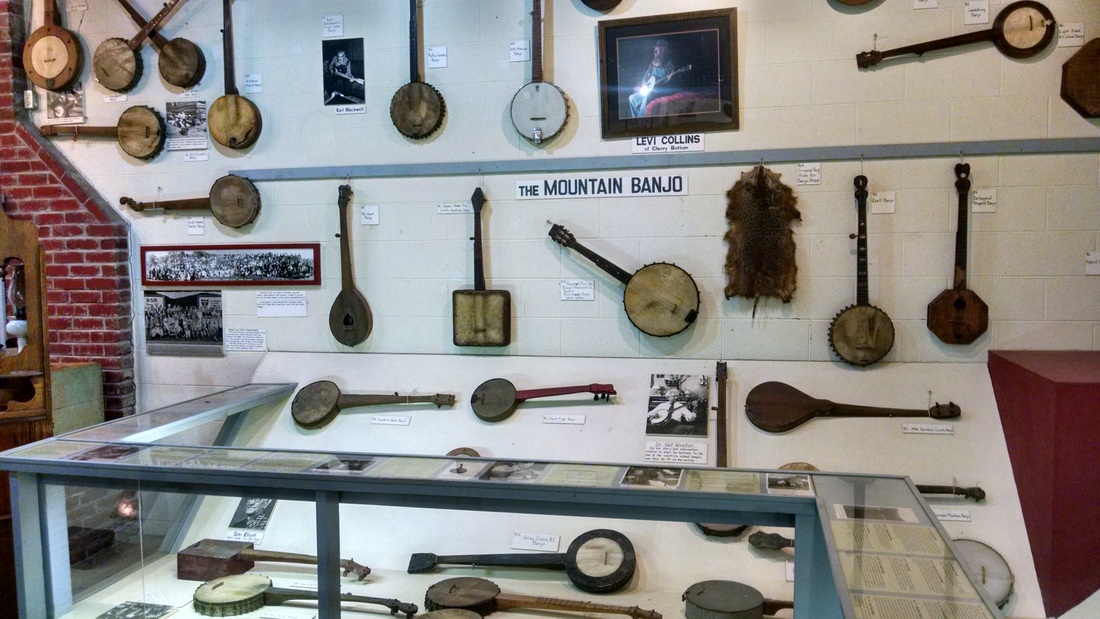
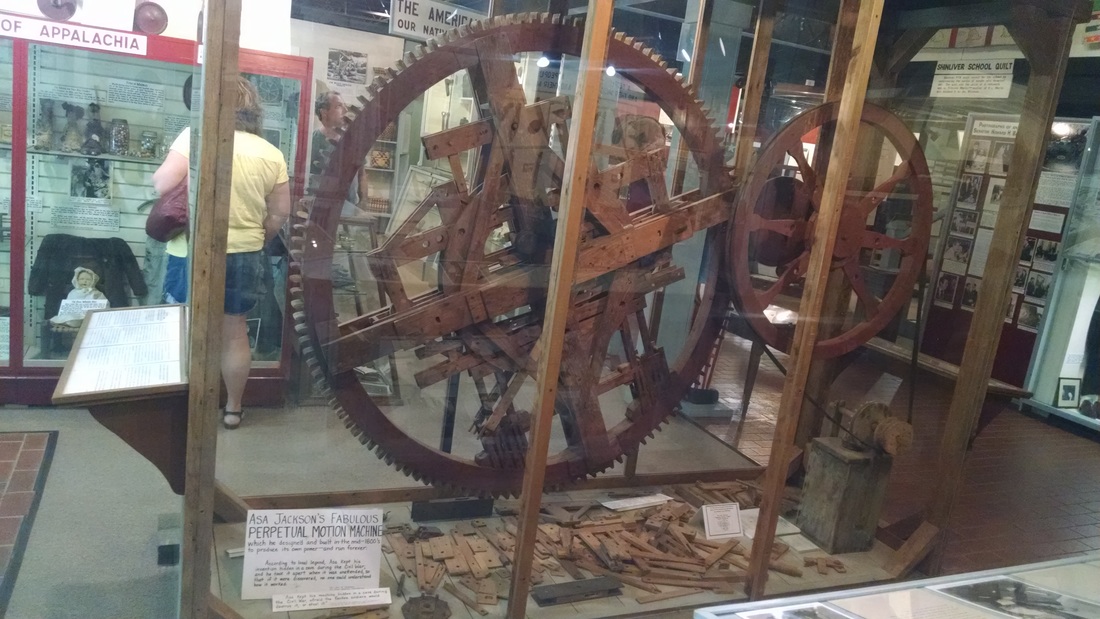
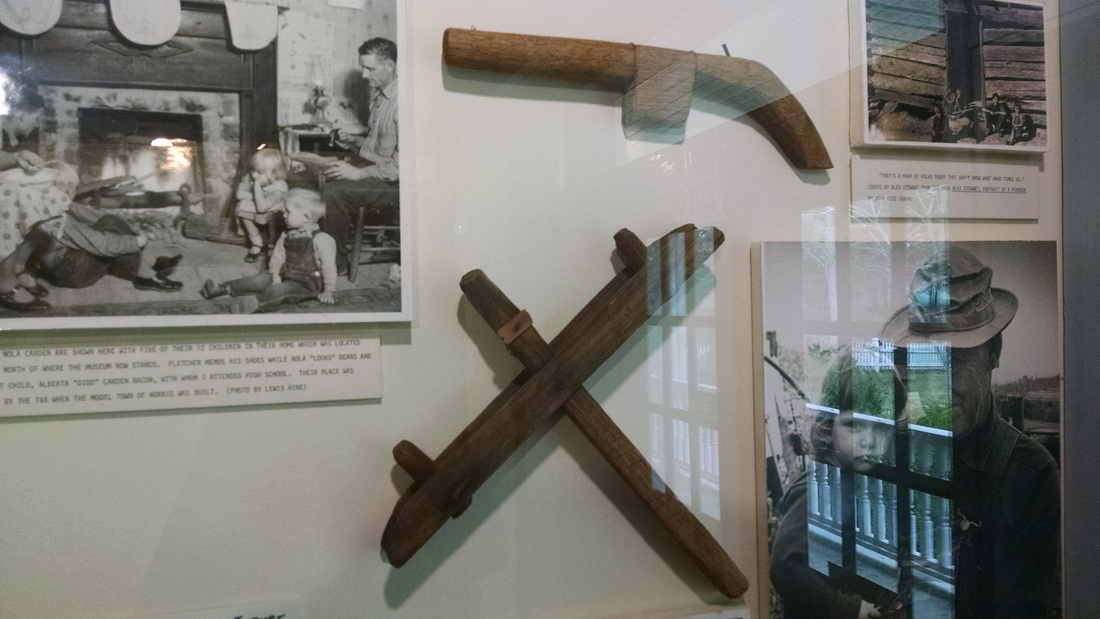
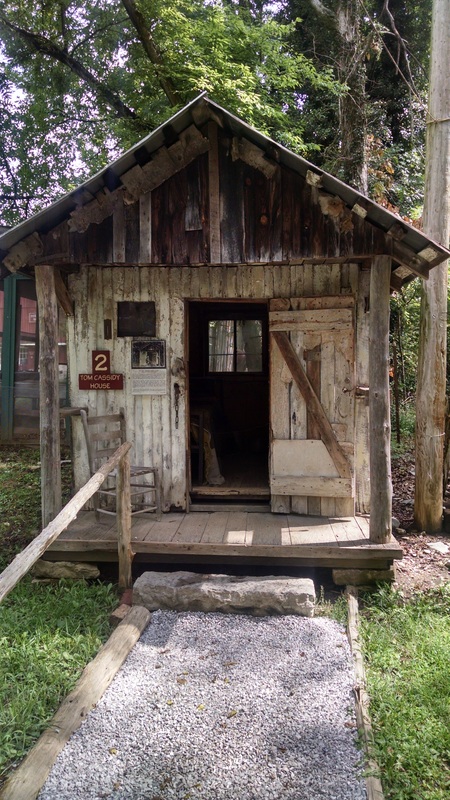
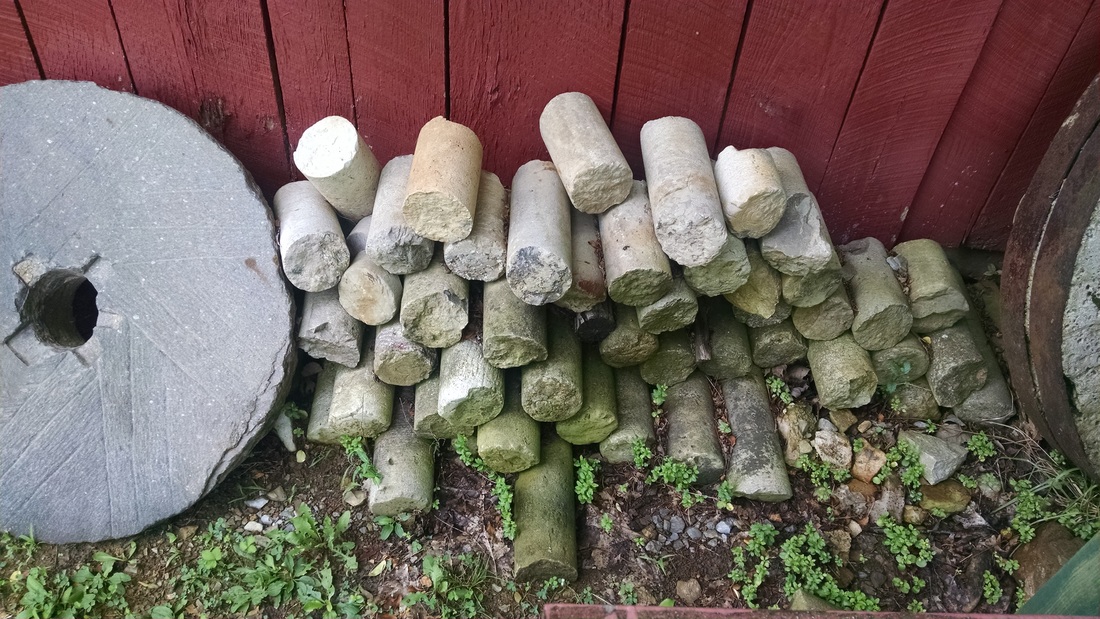
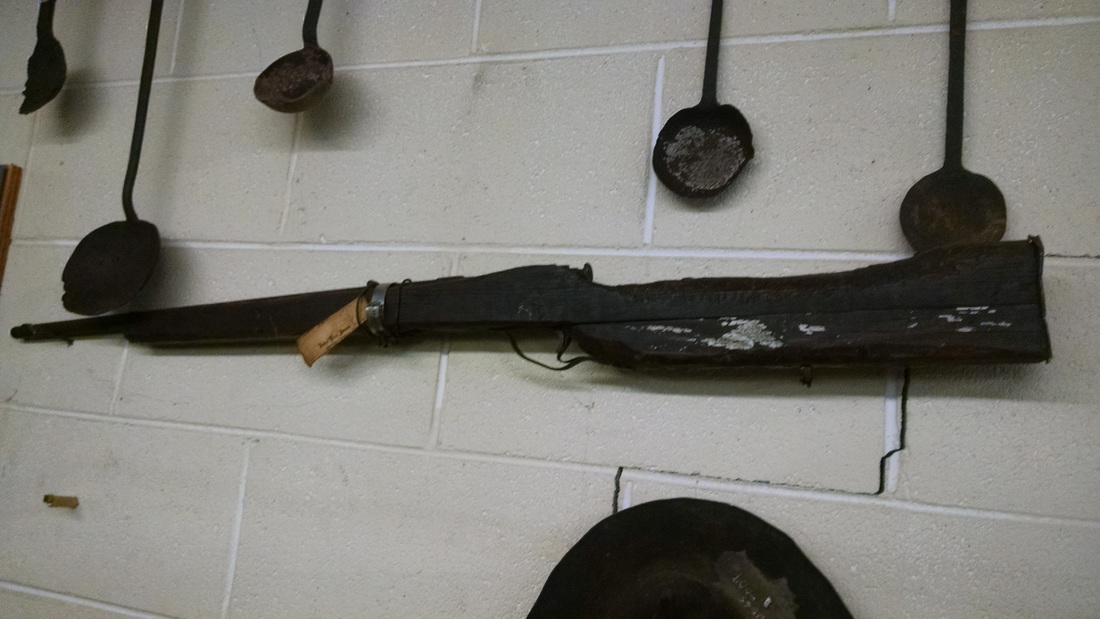
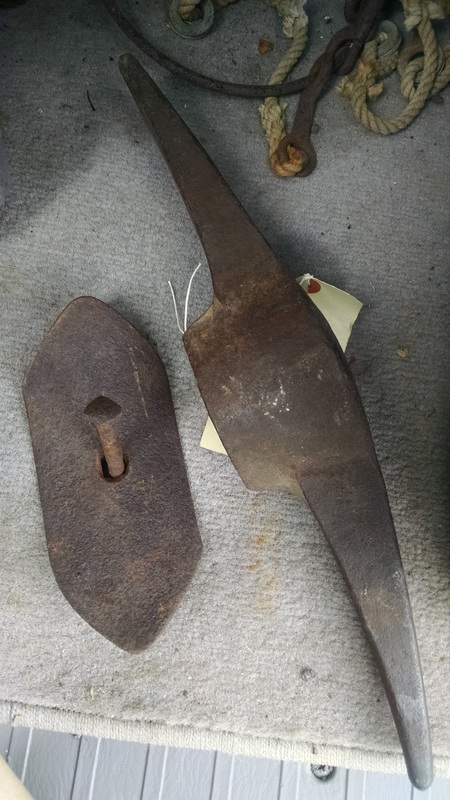
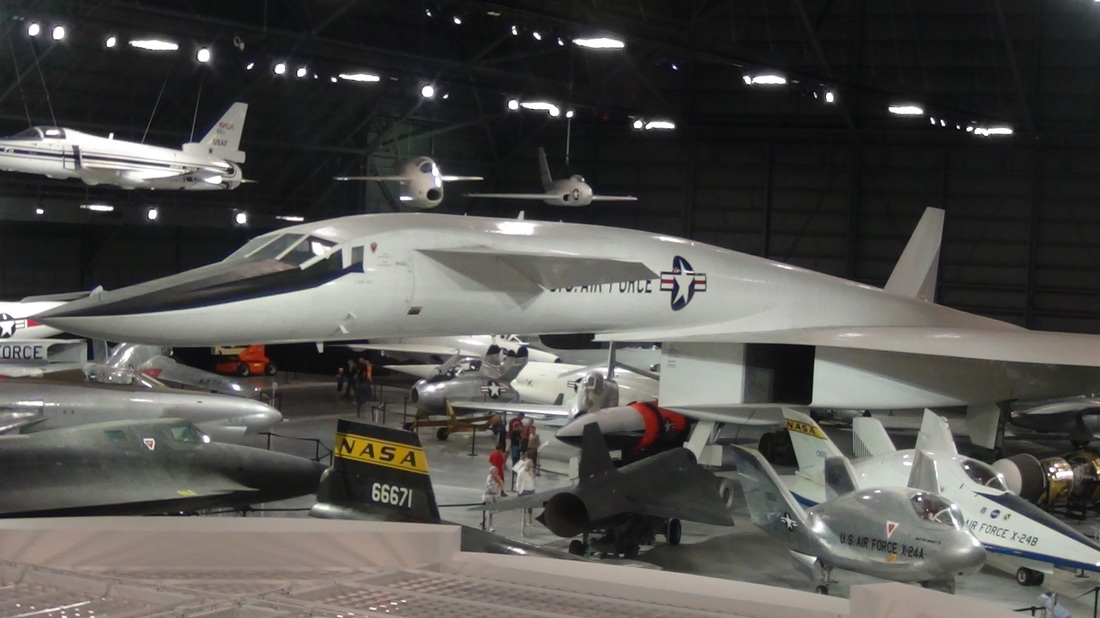
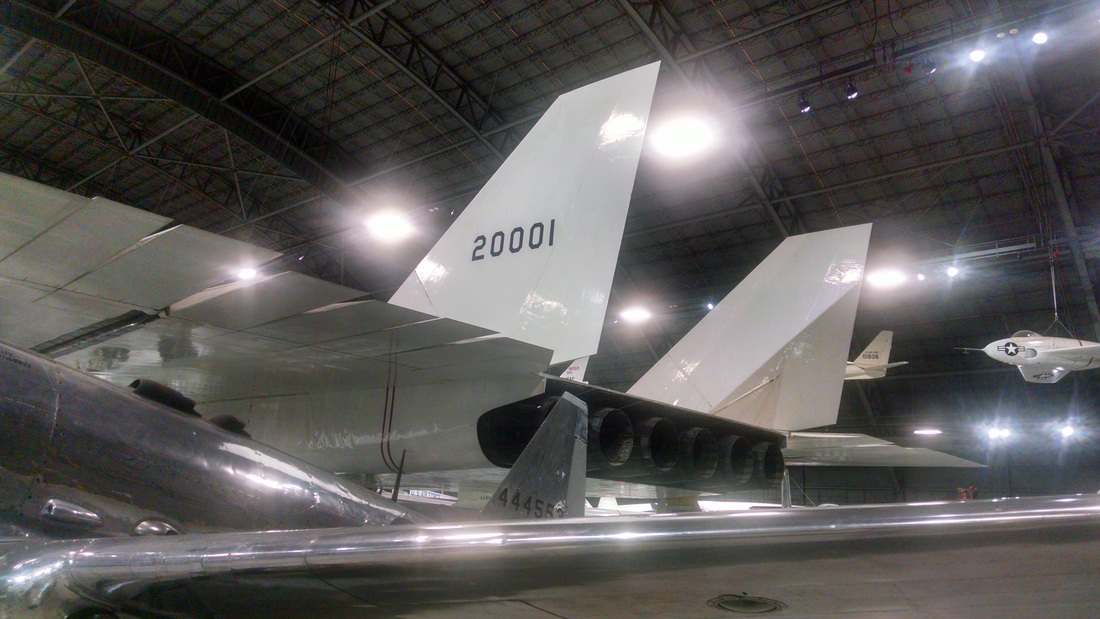
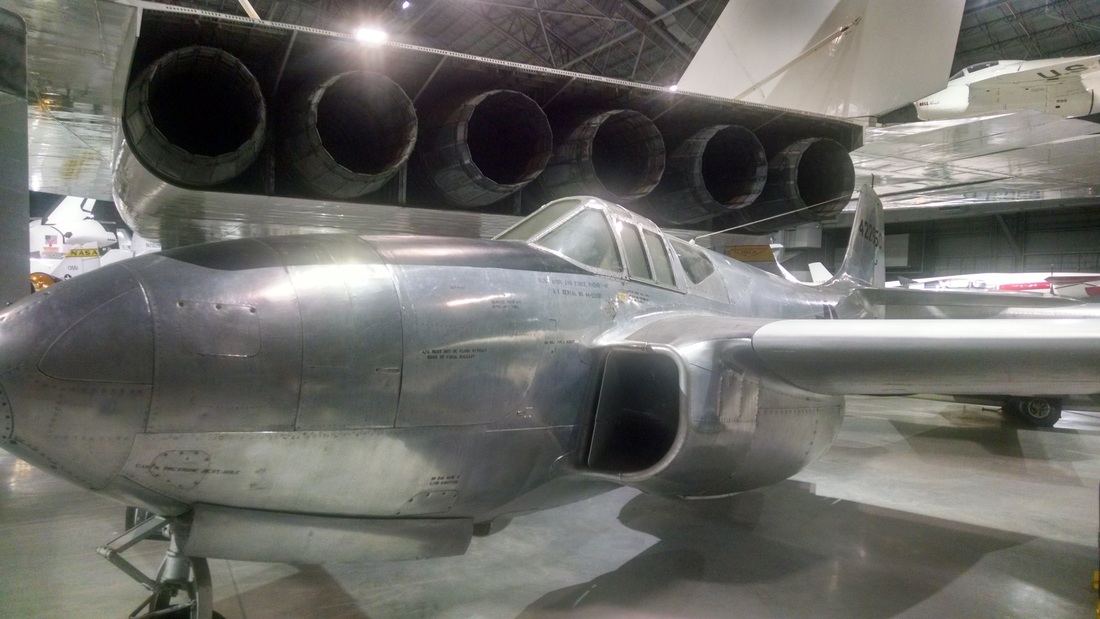
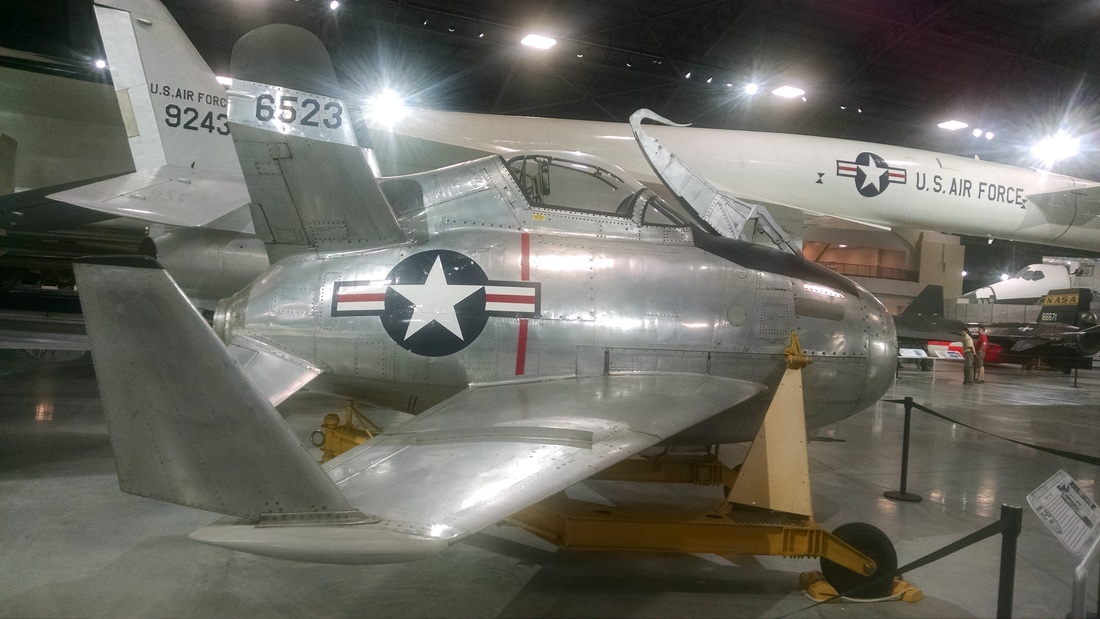
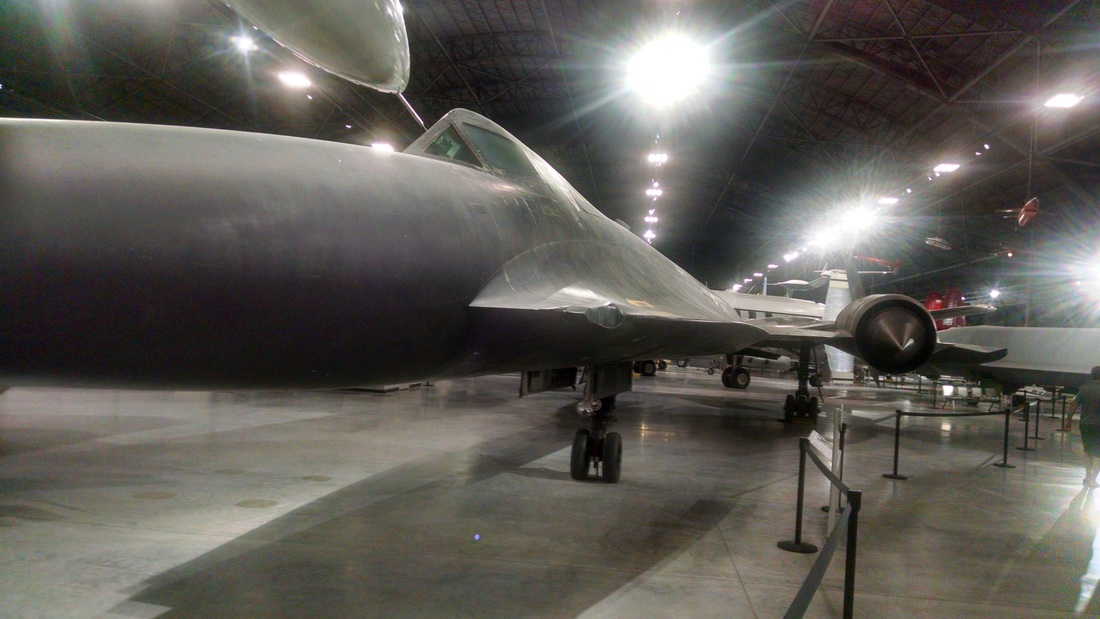
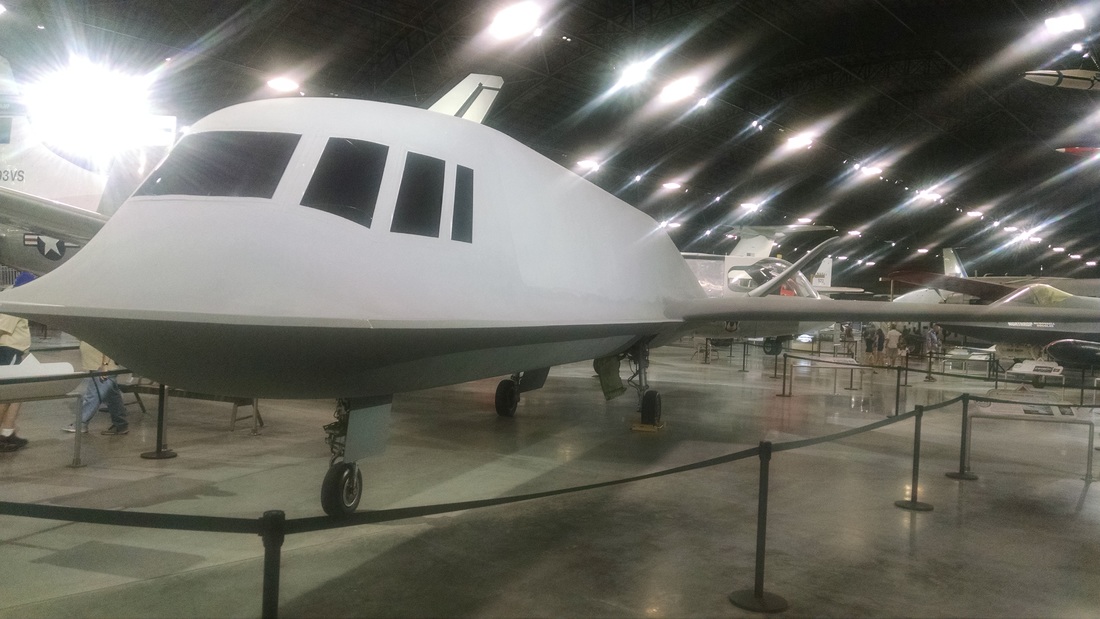
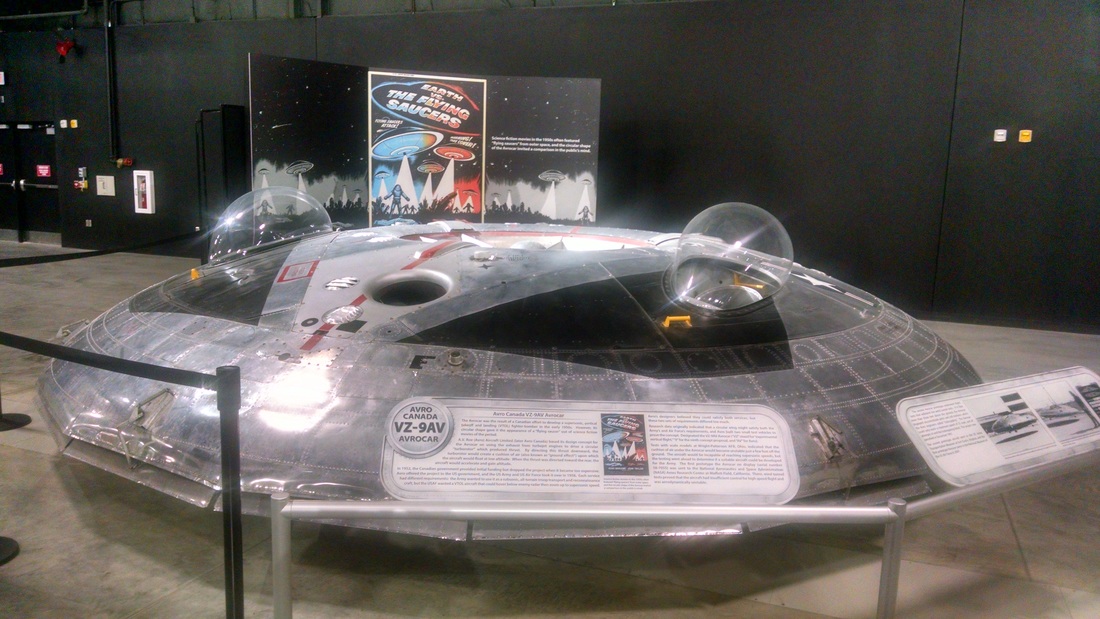
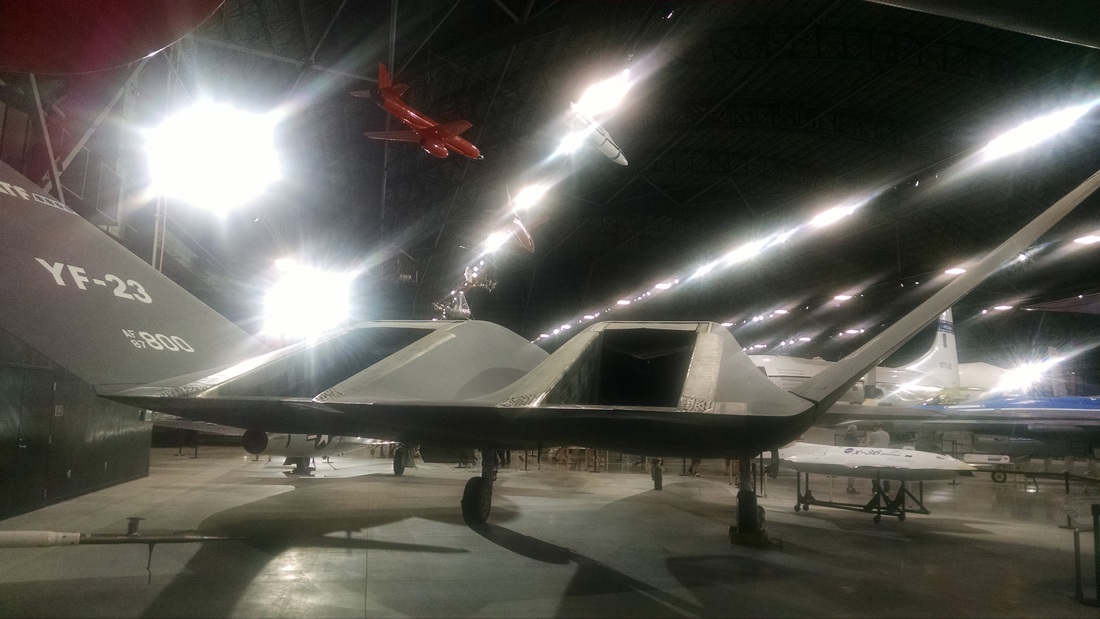
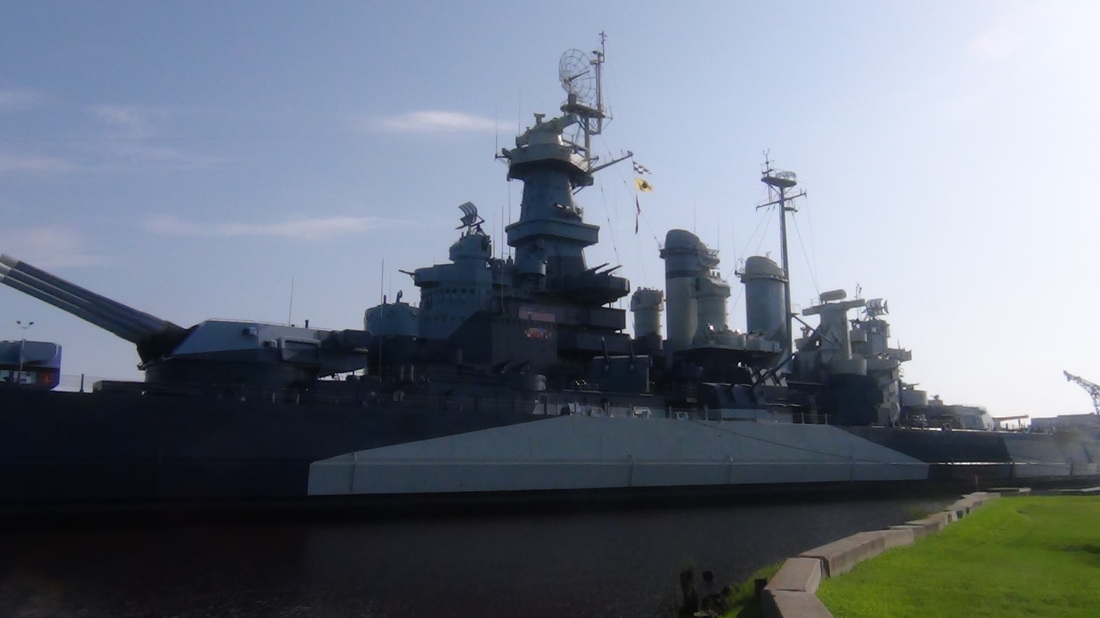
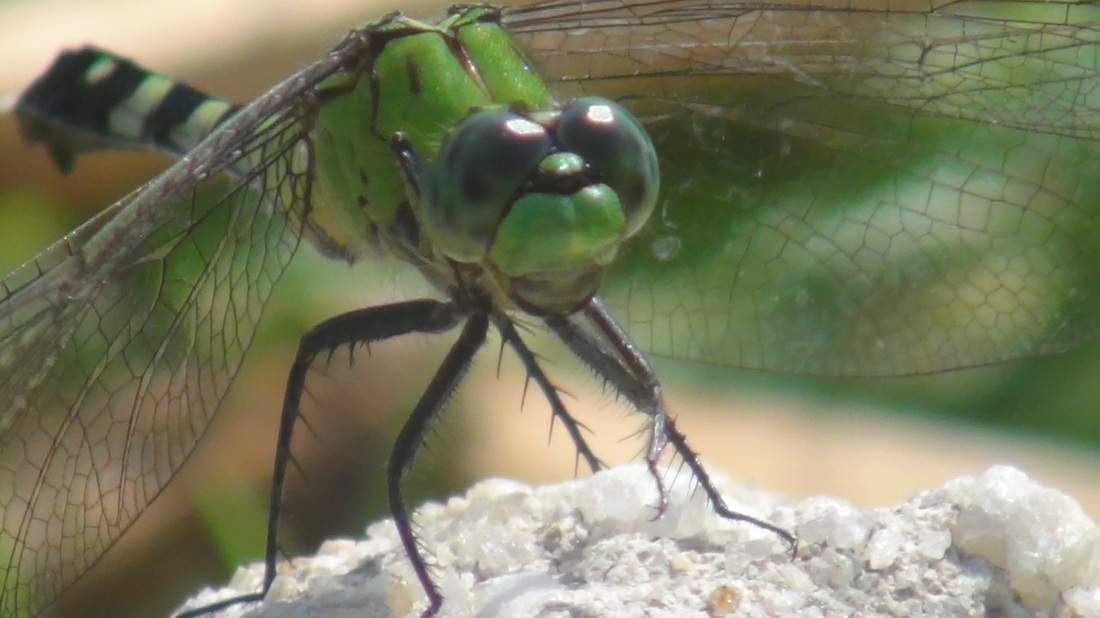
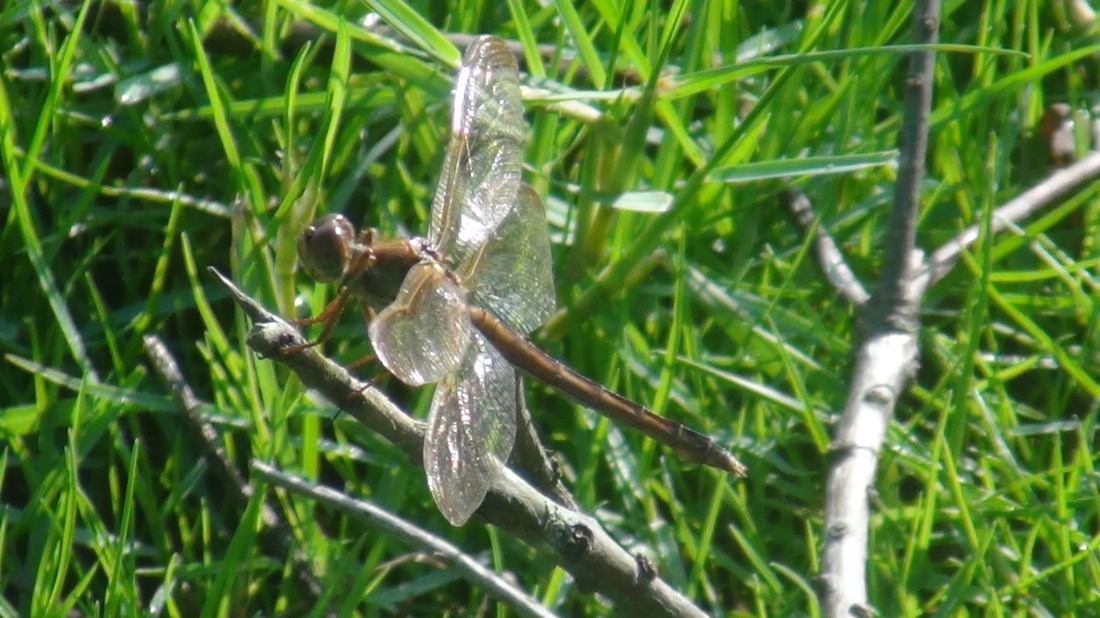
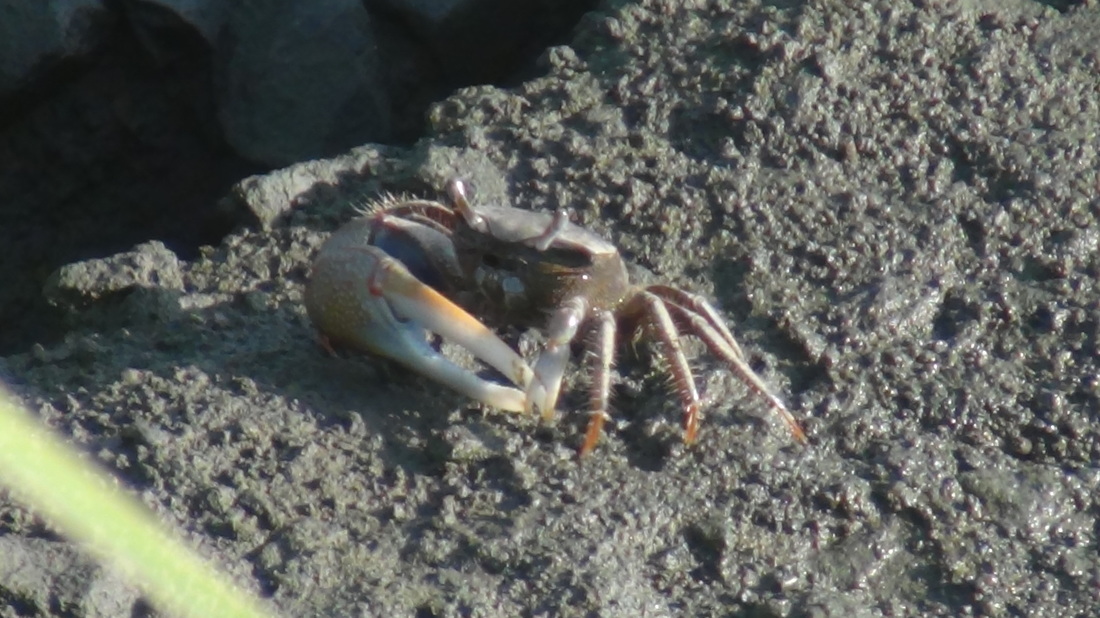

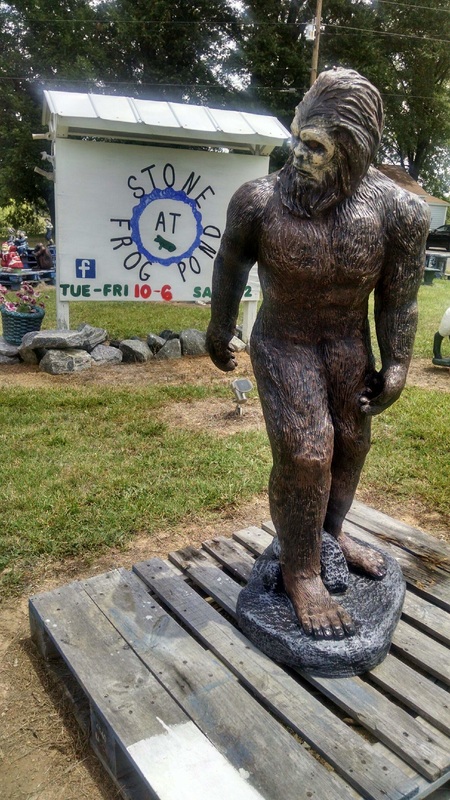
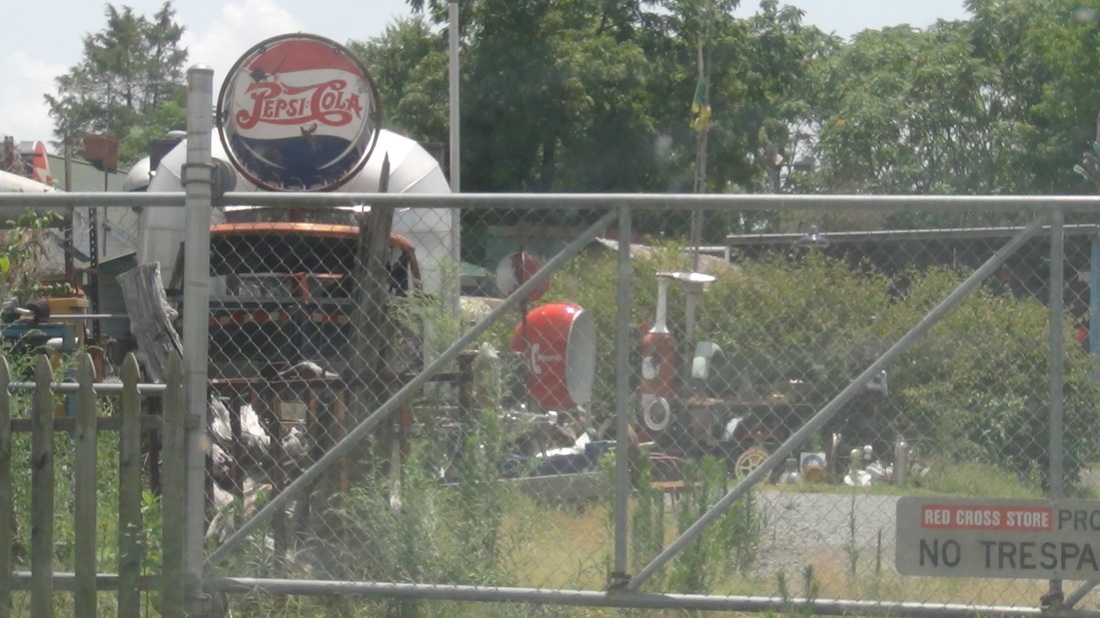
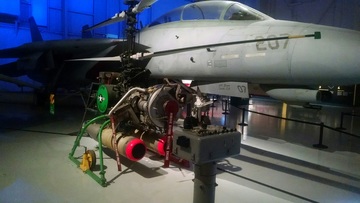

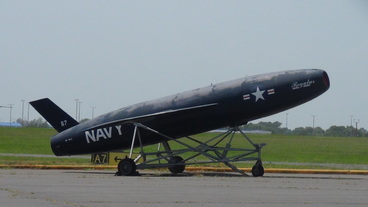
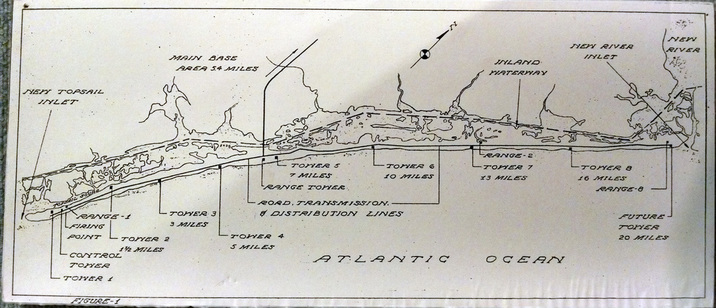
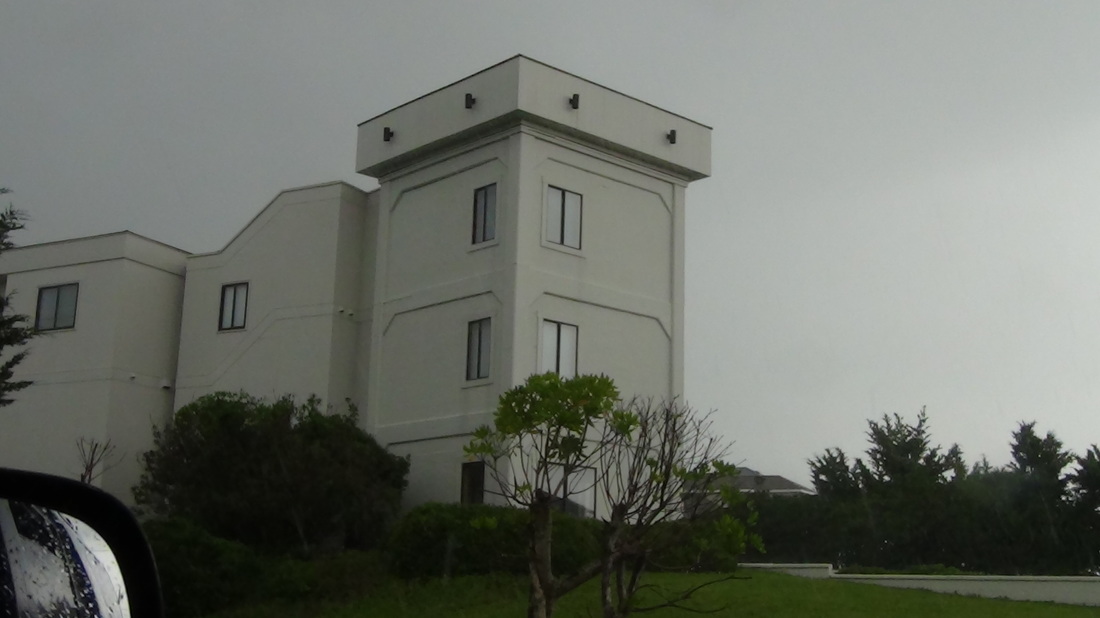
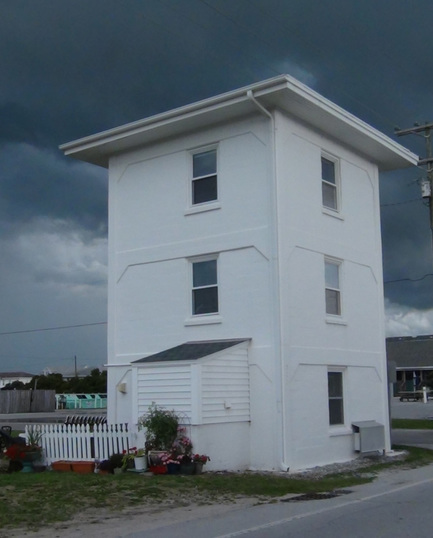
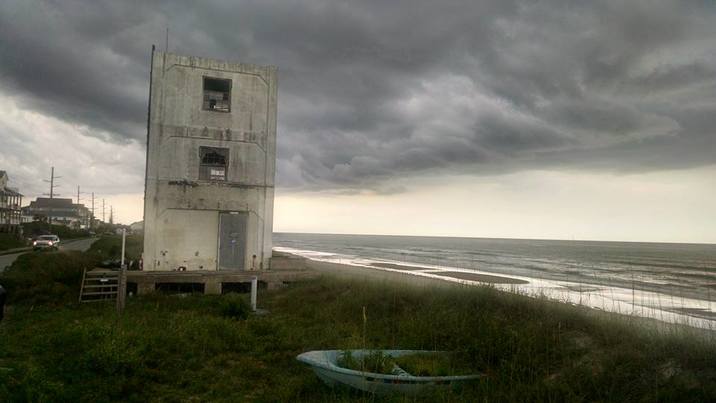
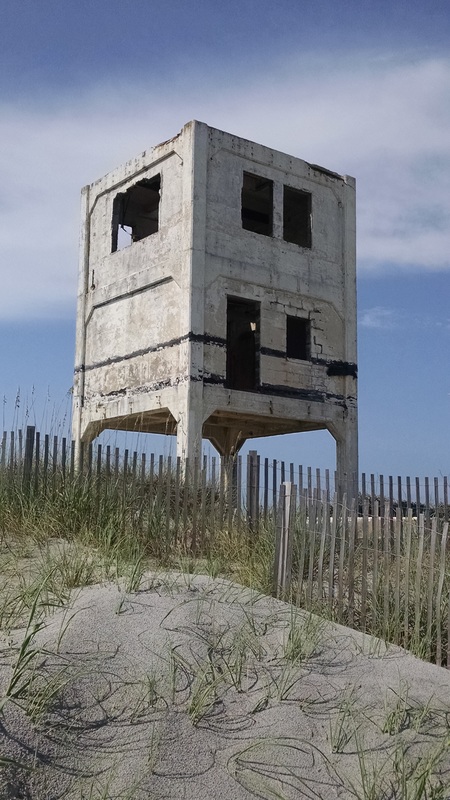
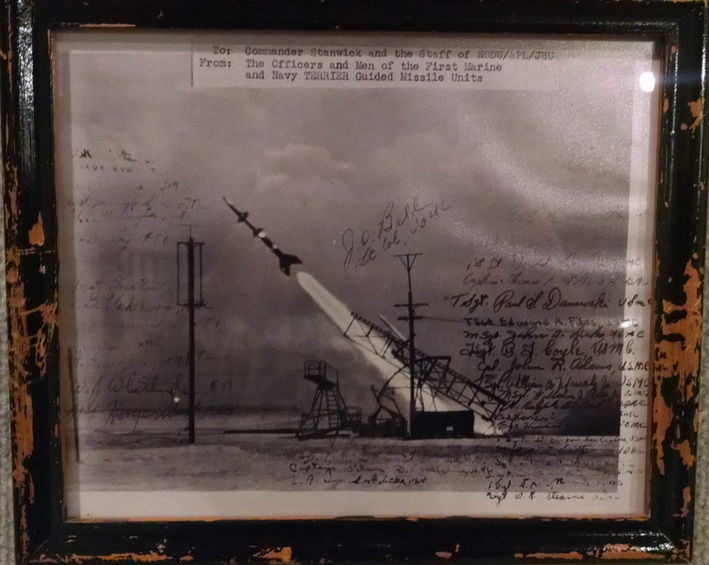
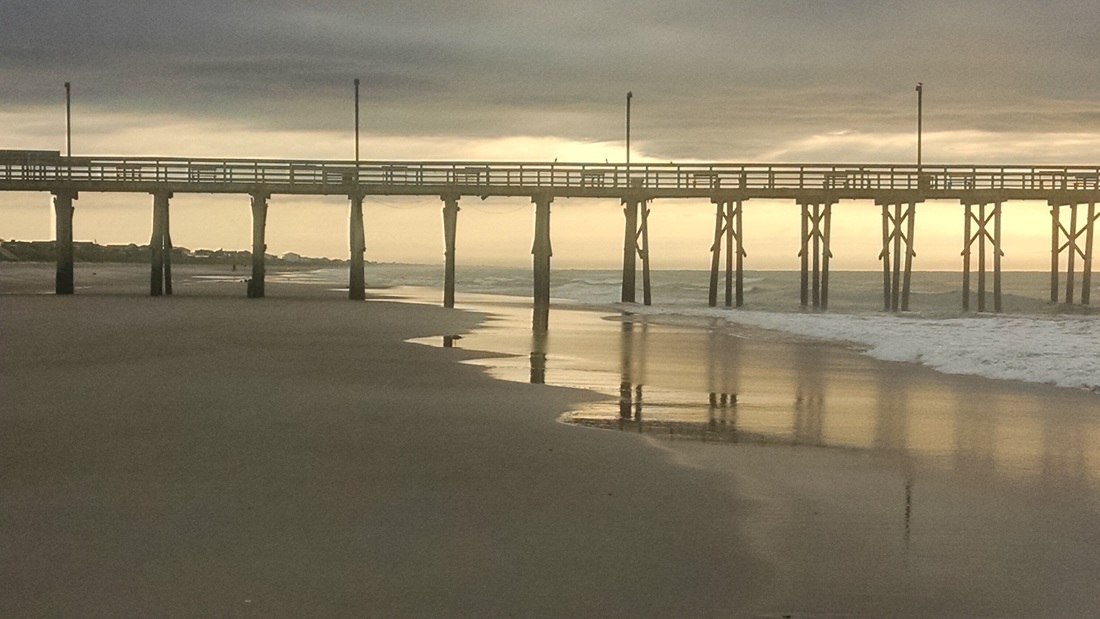
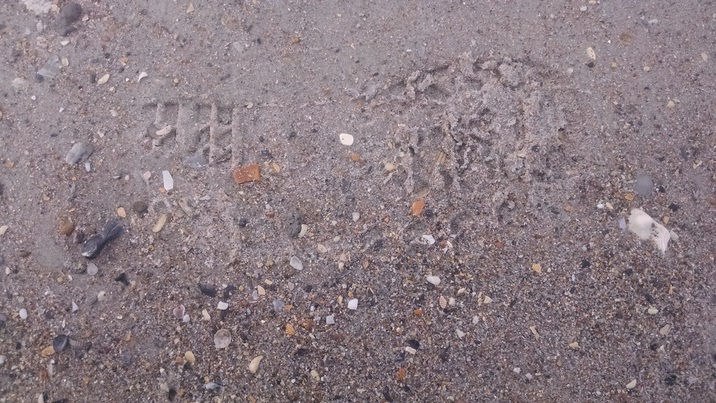
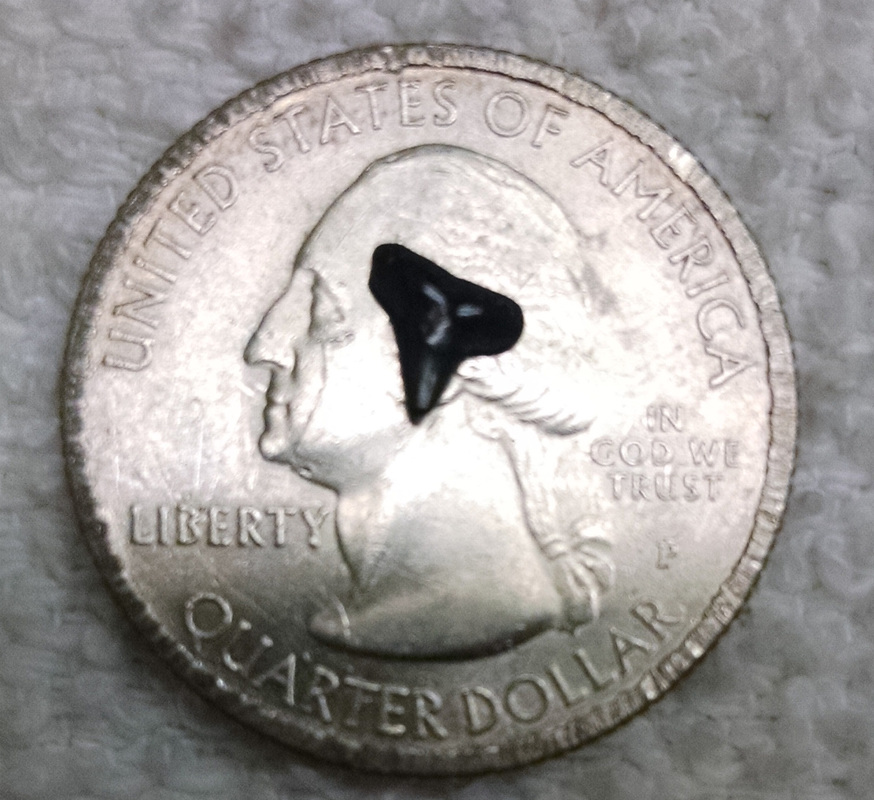
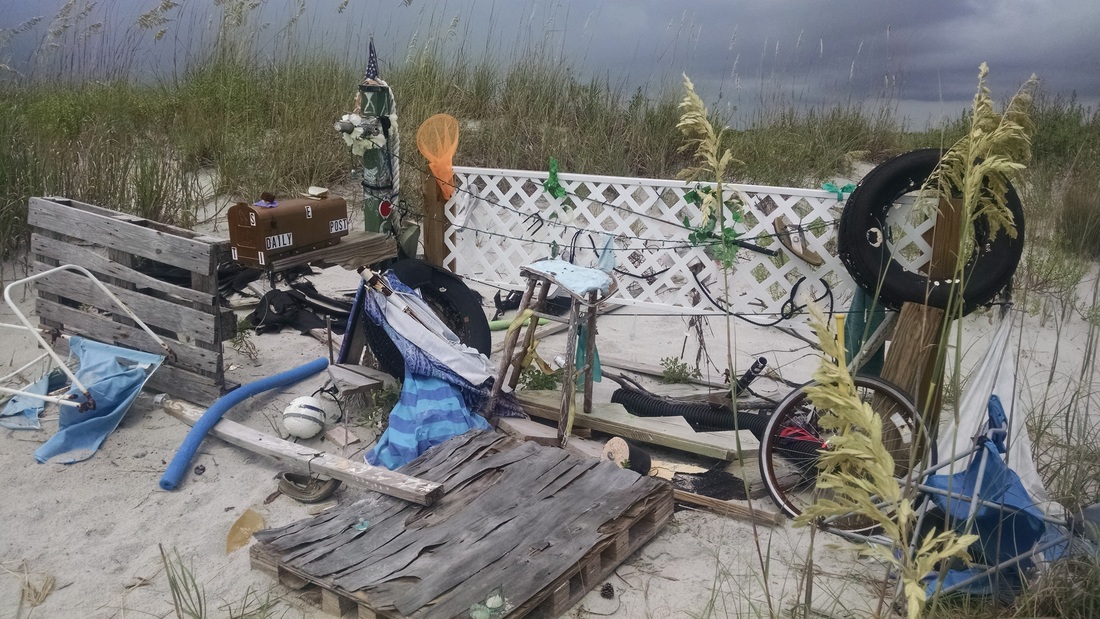
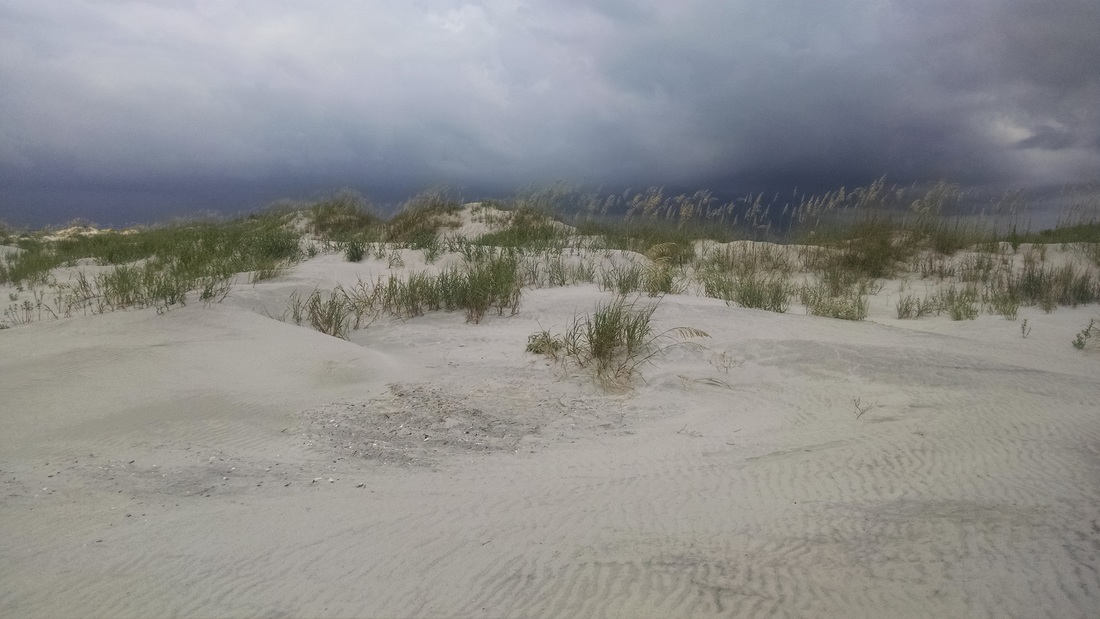
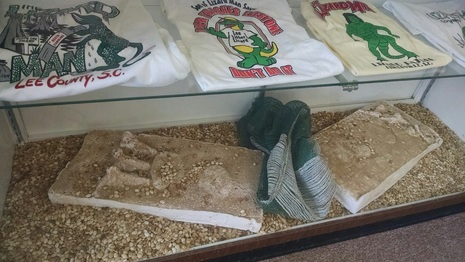
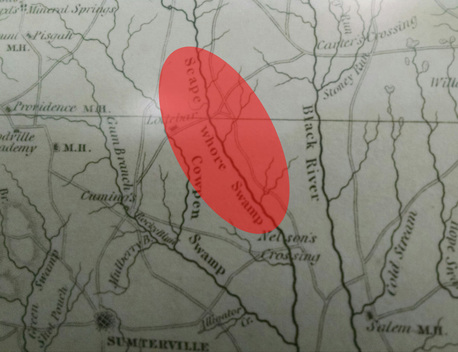

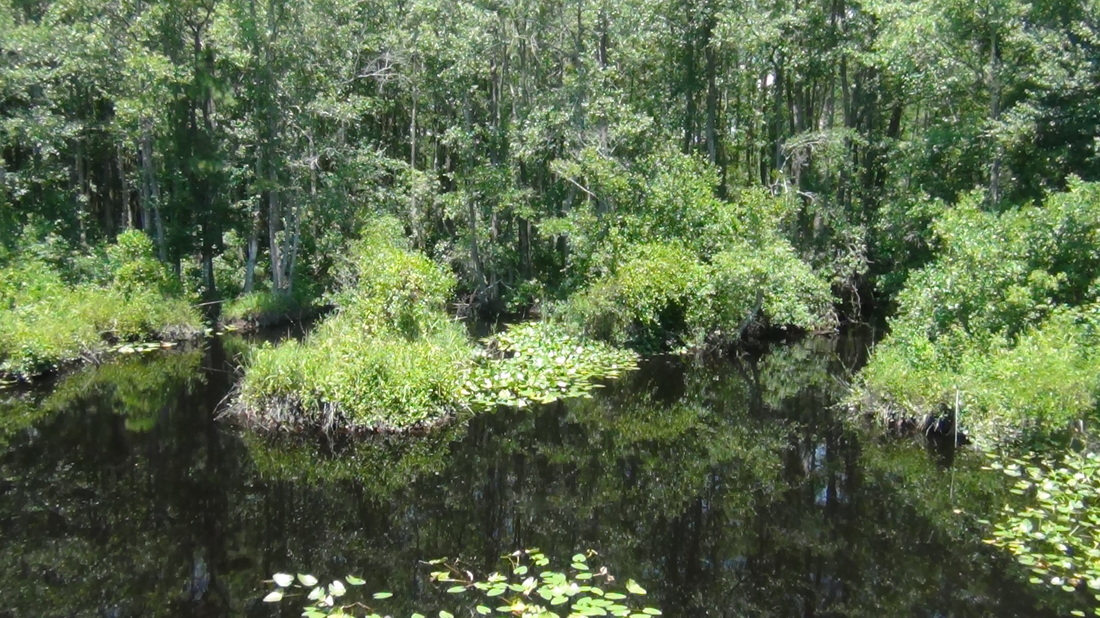
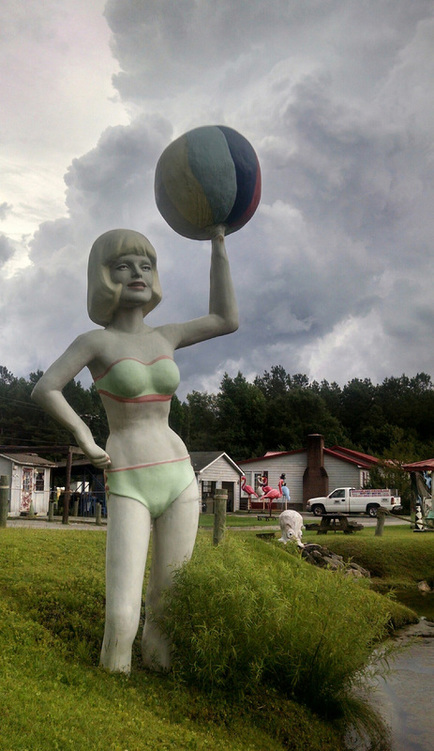
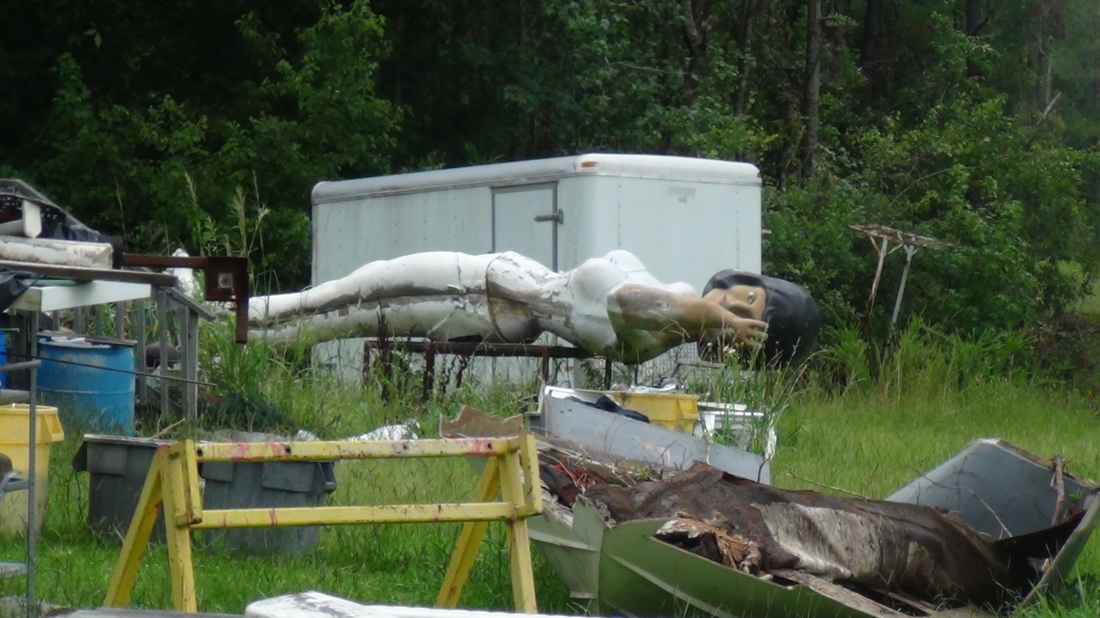
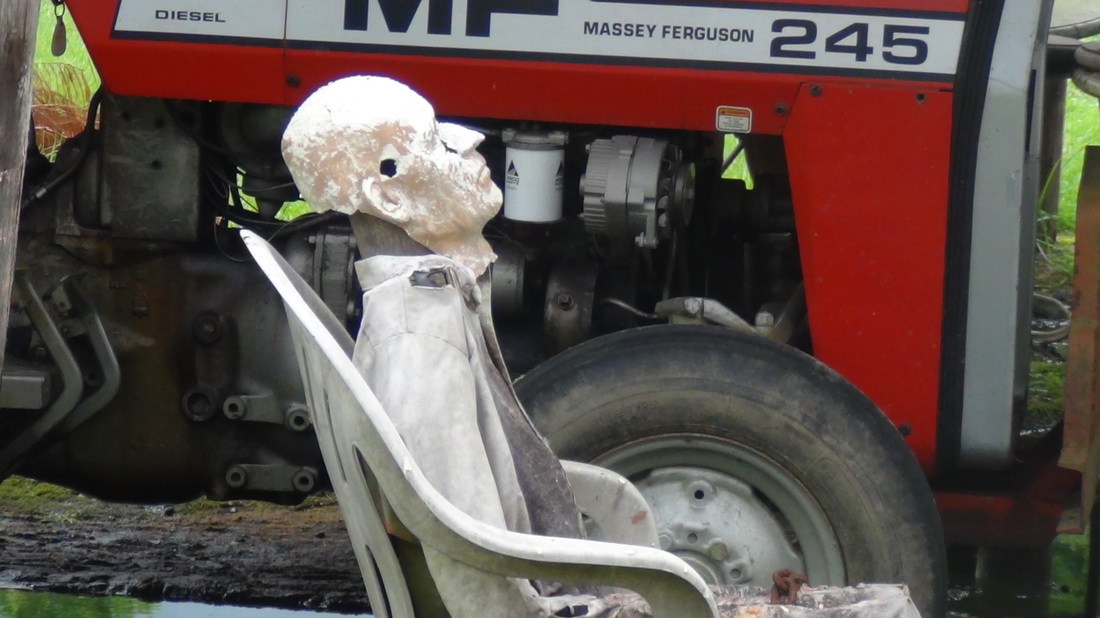
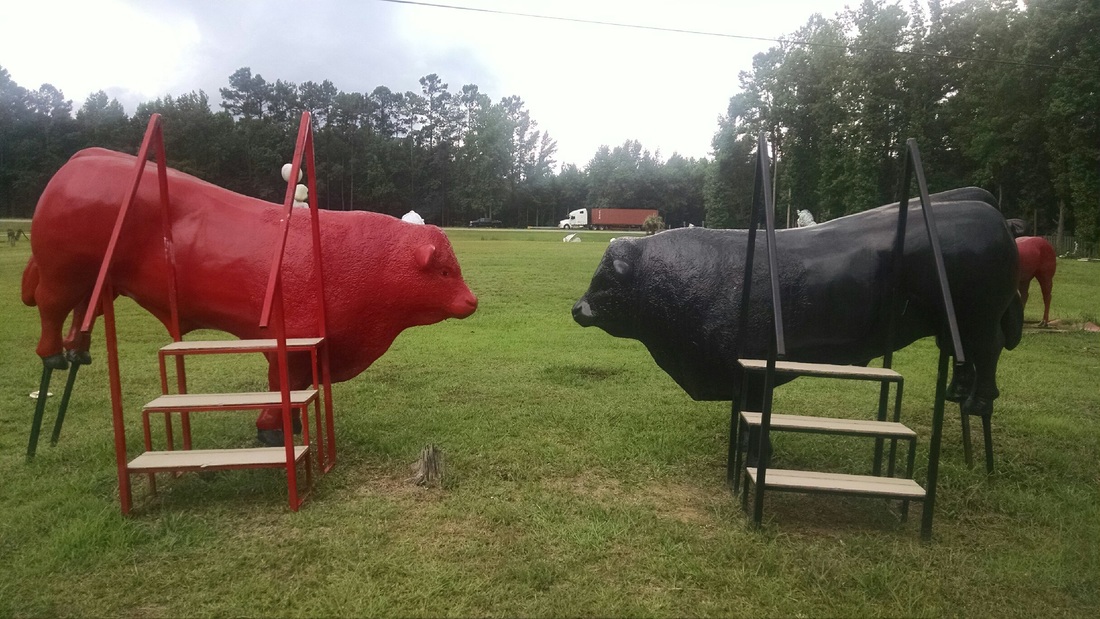


 RSS Feed
RSS Feed
